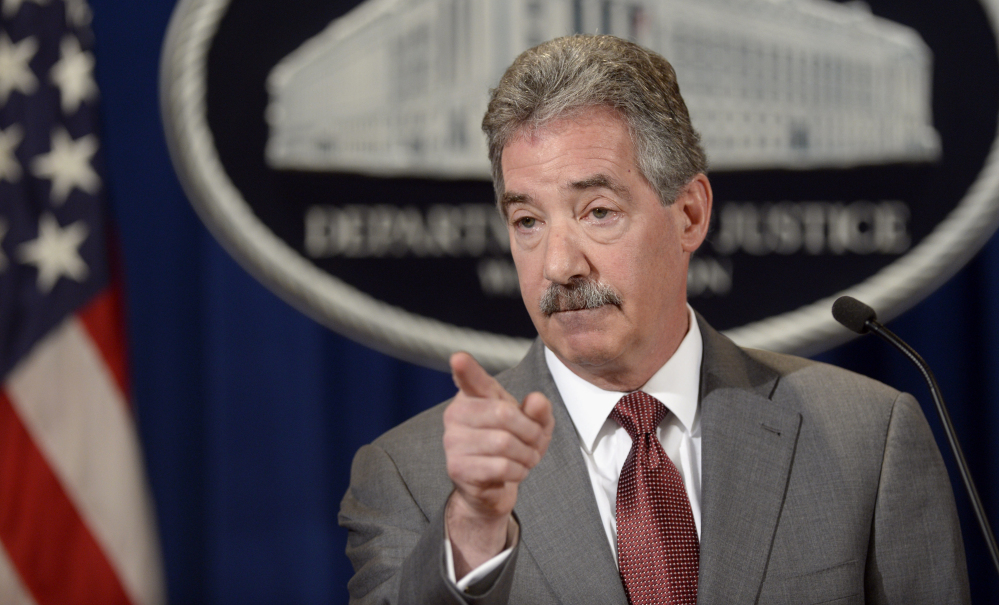WASHINGTON — The Obama administration is encouraging many nonviolent federal prisoners to apply for early release – and expecting thousands to take up the offer. It’s an effort to deal with high costs and overcrowding in prisons, and also a matter of fairness, the government says.
On Wednesday, the Justice Department unveiled a revamped clemency process directed primarily at low-level felons imprisoned for at least 10 years who have clean records while in custody.
The effort is part of a broader administration push to scale back harsh penalties in some drug-related prosecutions and to address sentencing disparities arising from the 1980s crack cocaine epidemic that yielded disproportionately tough punishment for black drug offenders.
“These older, stringent punishments that are out of line with sentences imposed under today’s laws erode people’s confidence in our criminal justice system,” said Deputy Attorney General James Cole in laying out new criteria that will be used in evaluating clemency petitions for possible recommendation for the president’s approval.
Though the criteria apply solely to federal inmates, states, too are grappling with severe prison overcrowding.
In Nebraska, for example, prisons were at 155 percent of capacity at the end of March. And in California, courts have ordered the state to reduce the inmate population to 137.5 percent of designed capacity, or 112,164 inmates in the 34 facilities, by February 2016.
The White House, sometimes criticized as too stingy with its clemency power, says it’s seeking more candidates for leniency in an overcrowded federal prison system whose costs comprise a sizable percentage of the Justice Department’s budget.
The system’s population has rocketed in recent decades, creating rising multibillion-dollar expenses that officials say threaten other law enforcement priorities and that an inspector general’s report last year characterized as a “growing crisis.” The United States incarcerates about a quarter of the world’s prisoners. Of the roughly 216,000 inmates in federal custody, nearly half are imprisoned for drug-related crimes.
But officials say now’s the time to consider releasing more prisoners early.
“These defendants were properly held accountable for their criminal conduct. However, some of them, simply because of the operation of sentencing laws on the books at the time, received substantial sentences that are disproportionate to what they would receive today,” Cole said.
Officials say they don’t know how many of the tens of thousands of drug-related convicts would be eligible for early release, but an ideal candidate would meet six criteria – including no history of violence, no ties to criminal organizations or gangs and a clean prison record. He must also have already served 10 years or more of his sentence and be likely to have received a substantially shorter offense if convicted of the same offense today.
The Bureau of Prisons will notify all inmates of the criteria next week and provide electronic surveys to those who think they deserve clemency.
Send questions/comments to the editors.



Success. Please wait for the page to reload. If the page does not reload within 5 seconds, please refresh the page.
Enter your email and password to access comments.
Hi, to comment on stories you must . This profile is in addition to your subscription and website login.
Already have a commenting profile? .
Invalid username/password.
Please check your email to confirm and complete your registration.
Only subscribers are eligible to post comments. Please subscribe or login first for digital access. Here’s why.
Use the form below to reset your password. When you've submitted your account email, we will send an email with a reset code.